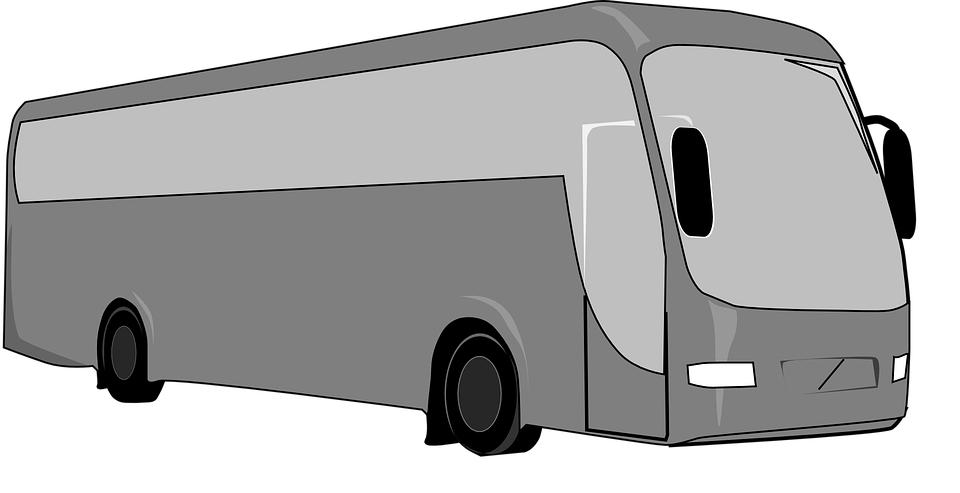For The Transit Fans: Technology Profile: Door Interlock
Transit Buses are equipped with a device known as a Door Interlock. It's function pretty simple to understand. Door Interlocks are devices which prohibit the bus from moving while the bus is alighting. This is to prevent passengers being dragged under the wheels, doors accidentally closing on passengers and passengers falling off the bus while alighting. Depending on agency requests and demands regarding bus specifications some are activated by Air pressure some are activated by electric switches.

Stagecoach Group Alexander Dennis Enviro 400 alighting passengers
Door interlocks are engaged when the bus comes to a complete stop for a few seconds. It is perhaps helpful to think of a door interlock as a secondary parking brake because that is technically what they are. However drivers are encouraged not to think this way for several reasons. When the bus comes to a stop and begins alighting passengers, the interlock engages, some drivers have a nasty habit of using this as an excuse to take their foot off of the brake pedal. This is a mistake because some buses are designed where the interlock immediately disengages when the doors close. The bus will then begin to propel itself under its own idle power. Newer systems have been designed to disengage only when the accelerator is pressed lightly. This is the source of the quick "jerk" often felt when buses pull off. That jerking forward is the interlock disengaging. Some interlocks engage regardless of whether the doors are open or not and engage at red lights and stop signs.

A Pneumatic Bus Door Interlock by Vapor Doors Company
These devices make transit buses feel and handle differently for newer drivers. They greatly increase passenger safety however and prevent accidents involving the door. Some have become so sophisticated that they will not disengage until the driver has made absolutely sure there are no passengers in the door way. They require special knowledge as they must be disengaged before a pre trip air brake inspection is done. Air pressure cannot be drained properly if the door pressure is constantly being fed from a primary air tank. Pressure from the system must be released either using the emergency door switch, which disconnects all air off of the door or a power reset.
-
 1
1




2 Comments
Recommended Comments
Create an account or sign in to comment
You need to be a member in order to leave a comment
Create an account
Sign up for a new account in our community. It's easy!
Join the herd!Sign in
Already have an account? Sign in here.
Sign In Now